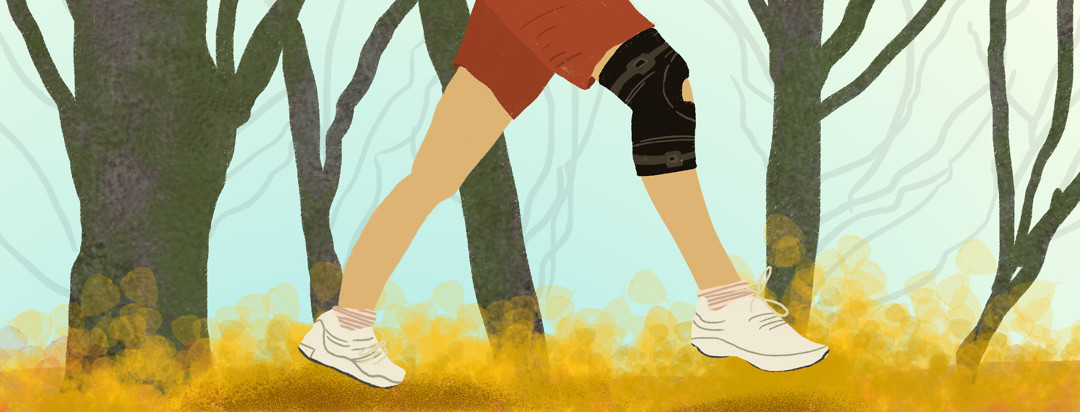Exercise when Injured
As we all know exercise is very beneficial to type 2 diabetics. But what do we do when we get injured or disabled and our mobility is somewhat restricted. The answer is to do whatever physical activity you can do.
Importance of exercise with diabetes
Exercise or any physical activity boosts your body's insulin sensitivity. This is especially important since type 2 diabetes is largely due to insulin resistance or not enough insulin is produced. When an injury happens this can make our workout routine a bit difficult.
What happens when you stop exercise
When you stop exercise several things happen. Your metabolic rate slows down and insulin resistance increases again. But that's not all, calories and fat accumulate as well. So what do we do if we get injured or disabled and can't exercise? Do whatever physical activity you can.
Past experience of not exercising
Last April I severely sprained my ankle and could hardly walk for nearly 3 weeks. I continued to lift weights but didn't do any other cardio of physical activity which I later came to regret.
I kept a consistent A1C of 5.2 and 5.3 range for nearly 3 years until my ankle injury. My glucose reading on the finger poke gradually started going higher and higher. Then had to get A1C done and sure enough, it came back higher at 5.8.
My mistake was not doing any alternative forms of cardio, therefore, less exercise which caused sugar levels to ride. Since I'm not taking any meds my diabetes management consists of a delicate balance of diet and exercise.
Accountability
As a diabetic, I get caught up sometimes in the guilt and self-blame. In this, I really was to blame for not doing what needed to be done. Some of us don't like to accept personal responsibility but accepting personal responsibility is the only way for me to move forward.
New injury
I recently sprained my right upper trapezius (trap) muscle (large muscle in mid-upper back that also connects the shoulders and neck) while doing dumbbell shoulder shrugs. I felt an intense pain which prompted me to immediately stop.
I learned from my past mistakes to not stop working out. Instead of doing muscles that involve any use of the trap muscles while it was healing, I did alternative lifts. I still did cardio, arms, abs, and legs. As a result, I was able to still be active and not aggravate my injury. This also resulted in great blood glucose readings.
Finding alternative exercise
There's a plethora of information on the internet but exercise caution and consult your healthcare professionals before starting or changing your diet or exercise. No two people are the same and you have to find what works for you.
If you can't walk like in my ankle injury or you can't be on your feet for enough time for an effective workout or have a back injury there are alternatives. Shadowboxing (punching in the air) is a great cardio workout that most people can do without any issues. Dancing, cleaning house, or walking are great alternatives if you are able.
Muscle injury? Like what I did, you can continue to work out those muscles that aren't injured until you are healed. Some may be concerned with developing a muscle imbalance doing that. You just have to ask yourself what is better for you, risking muscle imbalance until healed and can workout normal again or keeping active and keep that blood glucose down.

Join the conversation